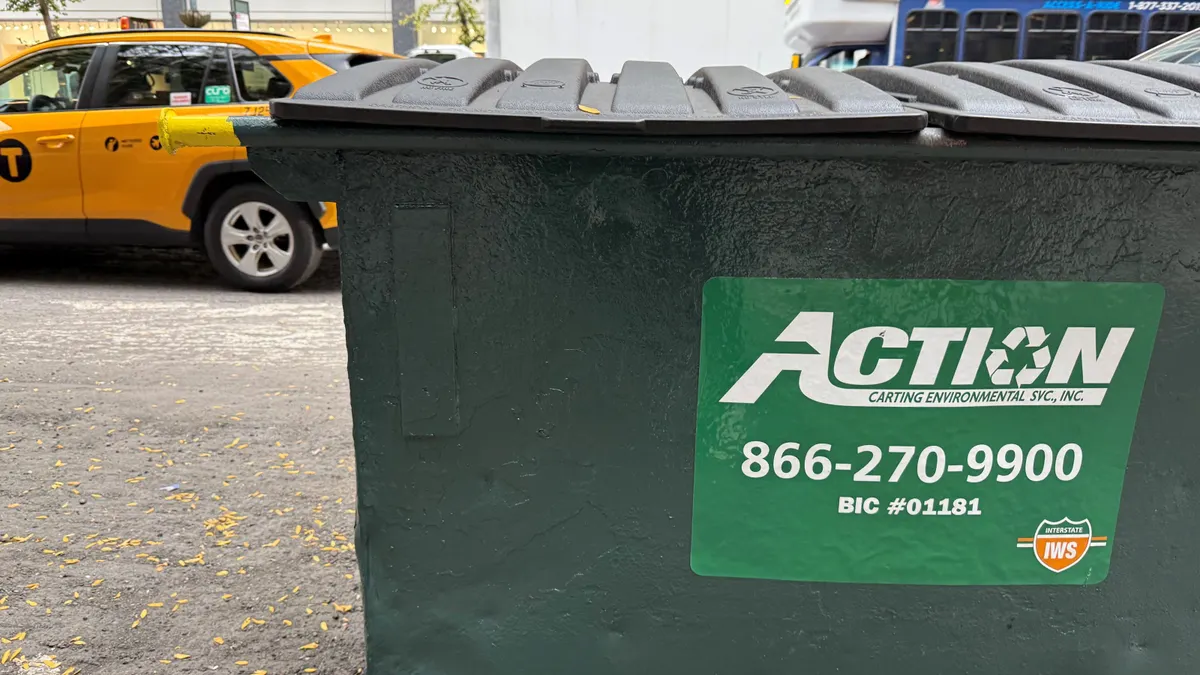Dive Brief:
- State officials in Maryland announced a “zero waste" plan to alleviate pollution issues stemming from discarding waste.
- The proposal is aimed at reducing, reusing, and recycling any type of waste materials generated in Maryland by 2040 by 85%. That is, not a true 100% diversion rate as the name otherwise suggests.
- The main aspect of the plan is to reduce the volume of waste at the source: consumers and manufacturers. Consumers will be gently prodded into purchasing only what they “need,” while manufacturers could potentially be required to reduce unnecessary packaging.
Dive Insight:
The current plan has received some criticism from environmental advocates. Some activists suggest the plan doesn’t delve deep enough into the issues of litter reduction, while some disagree with the intention of incinerating waste to produce electricity. Opponents cite studies that show burning waste creates greenhouse gas and various other pollutants.
The goals outlined in the plan include doubling the recycling rate statewide. The current average rate sits at 40%, but cities such as Baltimore rank much lower, and could find it to be a major challenge to reach the goals.
Lawmakers have already raised the minimum mandated recycling rate to 35%, and have made it mandatory for schools and apartments to recycle.








